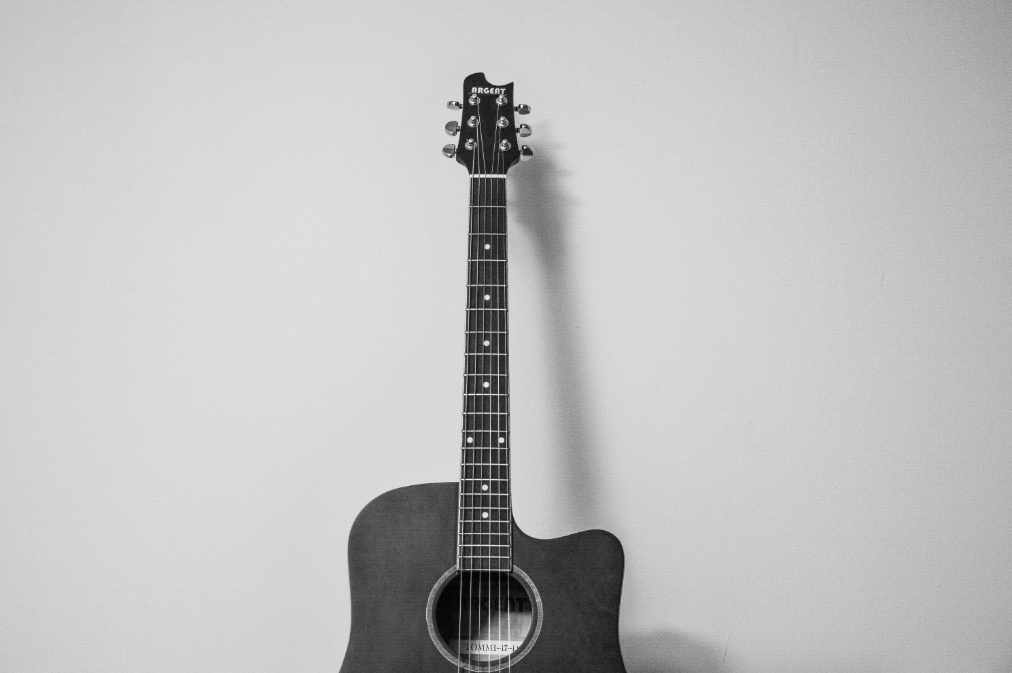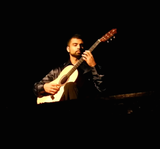On performing on the guitar in India

Some time ago, while discussing this article by Graham Wade in Classical Guitar Magazine, Veda Aggarwal (Director of the Indian Guitar Federation) asked me to reflect upon my experience of playing in India over the last few years, and in particular, those aspects surrounding performance production that are unique to performing on the classical guitar in India. In his article, Wade essentially focuses on questions of fidelity and artistic integrity that merit more consideration than they usually receive when microphones and amplification are added to either a performance or recording situation. While his insights relating to these issues are as pertinent in the Indian context as in any other, the Indian concert production does present the performing guitarist with some unique environmental and other qualitative idiosyncrasies that require consideration, and when addressed properly, can make for wonderfully compelling concert experiences. The following are some of these aspects of concertizing in India that I have come to recognise as requiring particular attention in order to make a guitar concert great – especially in India, but no doubt to some extent elsewhere in the world as well. If you play here, or are thinking of doing so, I hope some of it will be useful to you.
Amplify Effectively
There are no concert halls or auditoriums of reasonable size where a classical guitar – be it a Yamaha or a Ramirez, or even a Smallman – can really deliver a heart-wrenchingly beautiful line in pianissimo to the last rows. To share one’s music effectively with an audience, it therefore becomes necessary to amplify though a PA system. To echo Mr Wade’s point in the above-mentioned article, this is where a guitarist (or any musician, really) can and should make an artistic decision, and determine qualitatively how the amplification is going to become a part of his or her personal sound. Most concert venues have their own sound equipment, and by communicating one’s needs to the attending sound technician before the day of the concert, and going through a sound check, it is possible to create an effective amplification solution that doesn’t compromise one’s visual presentation by placing a bulky mic stand between the performer and the audience, while also living up to the amplified ideal, where one’s true, acoustic sound doesn’t boom out from the speakers as in a rock show, but reaches further away from the stage than would otherwise be possible while remaining intact both tonally and dynamically, and in volume. If the venue’s inventory of equipment confines you to the ubiquitous instrument mic, the Shure SM57, a short or tall stand placed to the right of the guitarist is effective and unobtrusive. Point the mic at the guitar’s 12th fret, and position it at least 2 feet away. To extend the reach of the guitar’s natural sound through this (or indeed any) mic, keep the gain relatively high, and the volume relatively low. Better than this, and visually more compelling, is a floor mic positioned right in front of the guitarist. If you do not want to be dependent on the equipment available at any given venue, a small investment into acquiring your own microphone will give you tonal reproduction that’s very much closer to the sound of your instrument, along with the confidence that your tone will always be consistent, and that you’ll always be heard. A few examples of great guitar mics worth investing in, in increasing order of price, though not necessarily quality, are the AKG C411, the Bartlett Guitar Mic (or Guitar Mic B), and the DPA d:vote 4099.
It Might Get Loud
…for reasons other than yourself, that is! Many concert venues, including large auditoriums in a number of major cities across the country, allow sound from their environs to filter into the concert space. Ambient sounds are often an accompaniment to my own playing, although thanks to adequate amplification, I have never yet had to contend with the risk of being drowned out. There often isn’t much one can do to prevent outside noises adding themselves to the concert experience, but it’s something to anticipate with your sound technician while setting levels during a sound check. Once your own ability to project your sound is assured, ambient sounds can surprisingly add to the poignancy of live music in a given place. If you’re lucky, they add a special intensity to the ephemeral magic of the interaction between your art and that place, that comes about when you’re playing in it – some of my favourite concert memories include playing Vivaldi along with nearby church bells in Bangalore, and playing Villa-Lobos along with a muezzin and the cries of parakeets flying home in Udaipur.
Temperatures May Vary
Venues that have adequate air conditioning for the tropics will often feel frigid to your fingers, now more so than in the past as LEDs are increasingly coming to replace the sweat-inducing old-fashioned halogen bulbs in stage lights. It is useful to wear a couple of layers in one’s performance attire, so as to be able to cope with cooler than ideal temperature conditions on stage. (suits also happen to look nice – as do shawls) While performing, it is always better to be too warm than too cold, if only because this allows one’s muscles (and fingers!) to work more freely.
Humidity
The clamminess that often accompanies warm conditions – and can also be a side effect of those old-fashioned stage lights – is ironically second only to extreme cold in being an effective inhibitor of rapid and precise finger movements. While this isn’t usually a make-or-break issue, it can lead to a left hand that slides a little too easily over the fretboard, and stickiness between the fingers on the right hand. A light dusting of talcum powder on both hands takes care of this problem completely.
Connect!
The combination of western classical performances being relatively uncommon, and much of the classical guitar’s repertoire being generally unknown, makes for a blank canvas that practically begs the performer to enrich the projection of his or her artistic vision with as much detail as possible. In contrast to audiences in many parts of the world, the majority of people in the audience at a classical guitar concert in India will not be guitarists, or especially familiar with very much guitar repertoire. Thoughtful and well-researched program notes that contextualise the music go a long way towards creating meaningful experiences, as do a genuine and sharing approach to speaking between pieces, and being friendly and approachable after the show.
Reprinted with permission from The Well Tempered Guitar – https://goo.gl/UD0CF8





